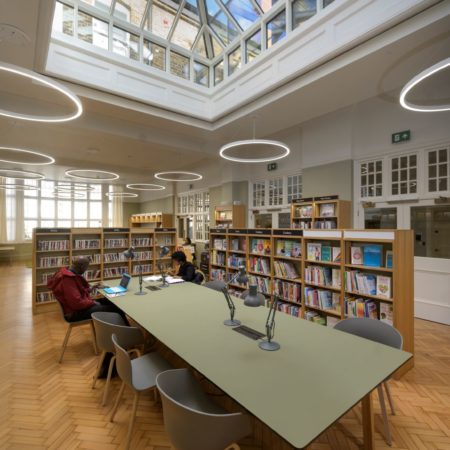Buildings Designed Around People
Buildings and the built environment are made for people to use. But have buildings always truly been designed around users? Or, has the industry been too focused on functional and quantifiable requirements?
Functional requirements tend to be things such as strength, durability, weather resistance, thermal insulation, airtightness and so on.
Anything less tangible relating to the experience of people using the building tends to get classified as a non-functional requirement. The pre-eminence of the specification in procurement and project delivery possibly explains why it’s sometimes been hard for end users to get a proper look-in.
It’s possible for a building to excel at every functional requirement and still be difficult to access and to live, work or learn in.
The construction sector has been slower to adopt digital technology and automation than other industries. This has restricted the ability to make much more than cosmetic changes to plans and specifications based on stakeholder input.
Who Defines Good Design?
The most exciting opportunity that arises from a construction sector reformed along the lines of the Construction Playbook is that user needs and preferences increasingly define what good design looks like.
The digital design environment puts end-users in the driving seat, which could be teachers, healthcare clinical staff or maintenance operatives. We can make buildings more accessible by engaging people with direct experience early in the design process. This would help us become purposefully inclusive rather than unintentionally exclusive.
The people who will interact with the building every day can have a meaningful input without complicating delivery or jeopardizing budgets or schedules. We even have VR that allows them to ‘walk’ around inside the design and suggest improvements.
These developments open practical pathways to deliver the principles of community architecture that expand beyond individual buildings into neighbourhoods and supporting infrastructure.
New methods and technologies bring exciting possibilities to adapt how we think about the built environment. This should be matched by boldness on the part of designers and developers to take the opportunity to design buildings and the built environment around people.
For more information contact Richard King ([email protected]).

